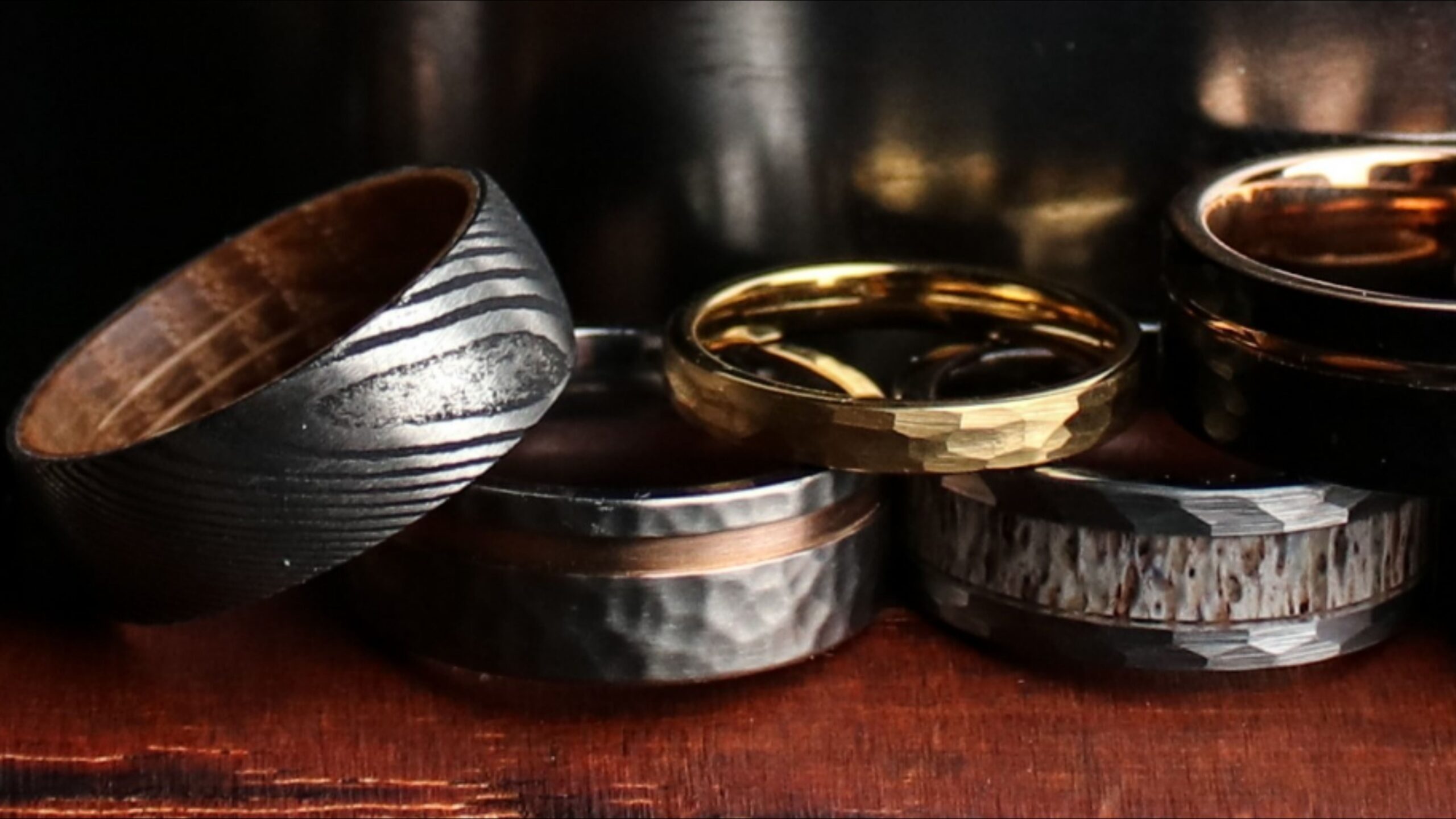A Comprehensive Guide to Heat Exchangers: Understanding Their Work, Types and Advantages
Heat exchangers play a critical role in various industries by ensuring efficient heat transfer between fluids.

What is a Heat Exchanger?
A heat exchanger is a device designed to transfer heat between two or more fluids without them mixing. These fluids can be gases, liquids, or a combination of both. Heat exchangers are widely used in industries such as HVAC, power generation, chemical processing, and refrigeration.
How Heat Exchangers Work
Heat exchangers operate based on the principle of thermal energy transfer. A hot fluid passes its heat to a cooler fluid, either through direct contact (in some cases) or through a separating surface, such as metal plates or tubes. The efficiency of a heat exchanger depends on factors such as the surface area, fluid flow rate, and the temperature difference between the fluids.
Principle of Heat Exchangers
The working principle of heat exchangers is based on conduction and convection. The hot fluid transfers its heat to the separating surface via conduction, and the heat is then passed to the cooler fluid through convection. Different heat exchanger designs optimize this process to maximize efficiency and effectiveness.
Types of Heat Exchangers
There are several types of heat exchangers, each suited for specific applications:
-
Shell and Tube Heat Exchanger – Consists of multiple tubes enclosed within a cylindrical shell. One fluid flows through the tubes, while the other circulates around them. This type is commonly used in power plants and refineries.
-
Plate Heat Exchanger – Made of multiple thin plates stacked together to create channels for fluid flow. It provides high heat transfer efficiency and is used in HVAC and food processing industries.
-
Spiral Heat Exchanger – Comprises two spiral-wound channels that enhance heat transfer. It is ideal for handling high-viscosity fluids and applications requiring self-cleaning capabilities.
-
Air Cooled Heat Exchanger – Uses ambient air to cool hot fluids, eliminating the need for water. It is widely used in power plants and petrochemical industries.
-
Finned Tube Heat Exchanger – Features extended surfaces (fins) to increase heat transfer efficiency, commonly found in air conditioning and refrigeration systems.
Shell and Tube Heat Exchanger
Shell and tube heat exchangers are one of the most commonly used designs due to their robustness and versatility. They consist of a series of tubes enclosed in a shell, allowing for efficient heat exchange between fluids. These are often used in industries where high-pressure and high-temperature applications are required.
Spiral Heat Exchanger
Spiral heat exchangers are designed with two concentric spiral flow channels, which help in achieving better heat transfer efficiency and self-cleaning properties. They are particularly useful for handling sludges, slurries, and other high-viscosity fluids.
Advantages of Spiral Heat Exchangers
-
Compact Design: Takes up less space compared to shell and tube heat exchangers.
-
High Efficiency: Provides enhanced heat transfer due to continuous curved flow paths.
-
Self-Cleaning: Reduces fouling and blockages, leading to lower maintenance costs.
-
Lower Pressure Drop: Facilitates smooth fluid movement, reducing operational energy consumption.
Spiral Heat Exchanger vs. Shell and Tube Heat Exchanger
| Feature | Spiral Heat Exchanger | Shell and Tube Heat Exchanger |
|---|---|---|
| Space Requirement | Compact | Larger Footprint |
| Maintenance | Low (Self-Cleaning) | Requires Regular Cleaning |
| Efficiency | High | Moderate |
| Application Suitability | High-Viscosity Fluids | High-Temperature Applications |
| Cost | Moderate to High | Lower Initial Cost |
How to Clean a Heat Exchanger
Proper maintenance is crucial for efficient operation. Cleaning methods vary depending on the type of heat exchanger and the level of fouling.
-
Chemical Cleaning: Involves circulating chemical solutions through the exchanger to dissolve deposits.
-
Mechanical Cleaning: Uses brushes, scrapers, or high-pressure water jets to remove stubborn debris.
-
Backflushing: Reverses fluid flow to dislodge accumulated contaminants.
-
Ultrasonic Cleaning: Uses high-frequency sound waves to break down dirt and deposits.
Spiral Heat Exchanger Manufacturers
Several manufacturers specialize in designing and producing spiral heat exchangers, including:
-
Alfa Laval
-
GEA Group
-
Tranter
-
Nexson Group
-
Kapp Heat Transfer
Conclusion
Heat exchangers play a critical role in various industries by ensuring efficient heat transfer between fluids. The choice of a heat exchanger depends on factors such as space, efficiency, maintenance requirements, and application-specific needs. Among the various types, spiral heat exchangers stand out for their compact design, high efficiency, and self-cleaning properties, making them a valuable choice for industries handling challenging fluids. Regular maintenance and proper selection of heat exchangers ensure optimal performance and longevity.
What's Your Reaction?



















.jpg)
